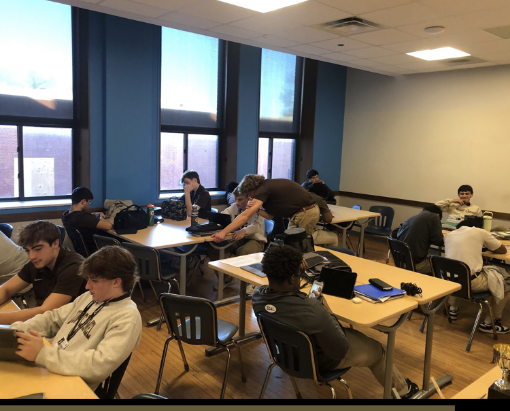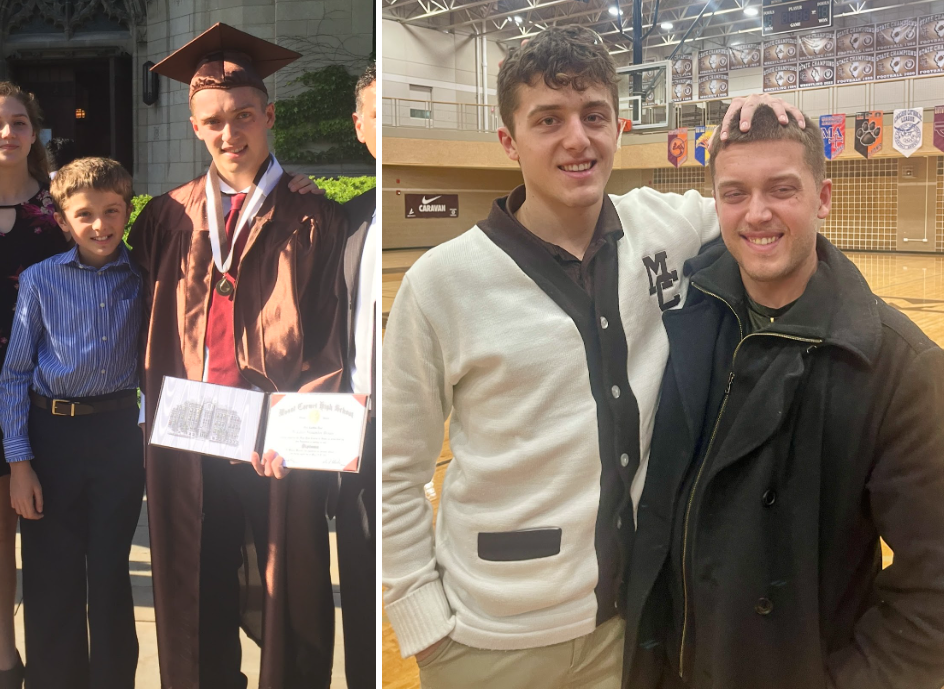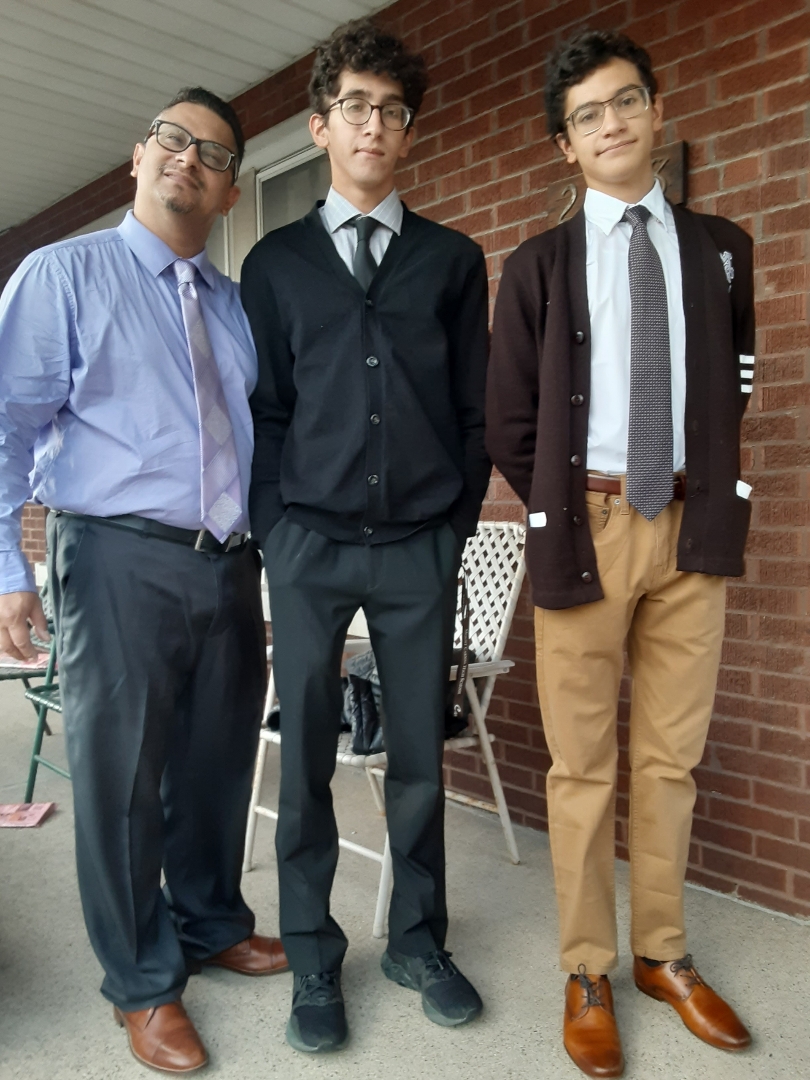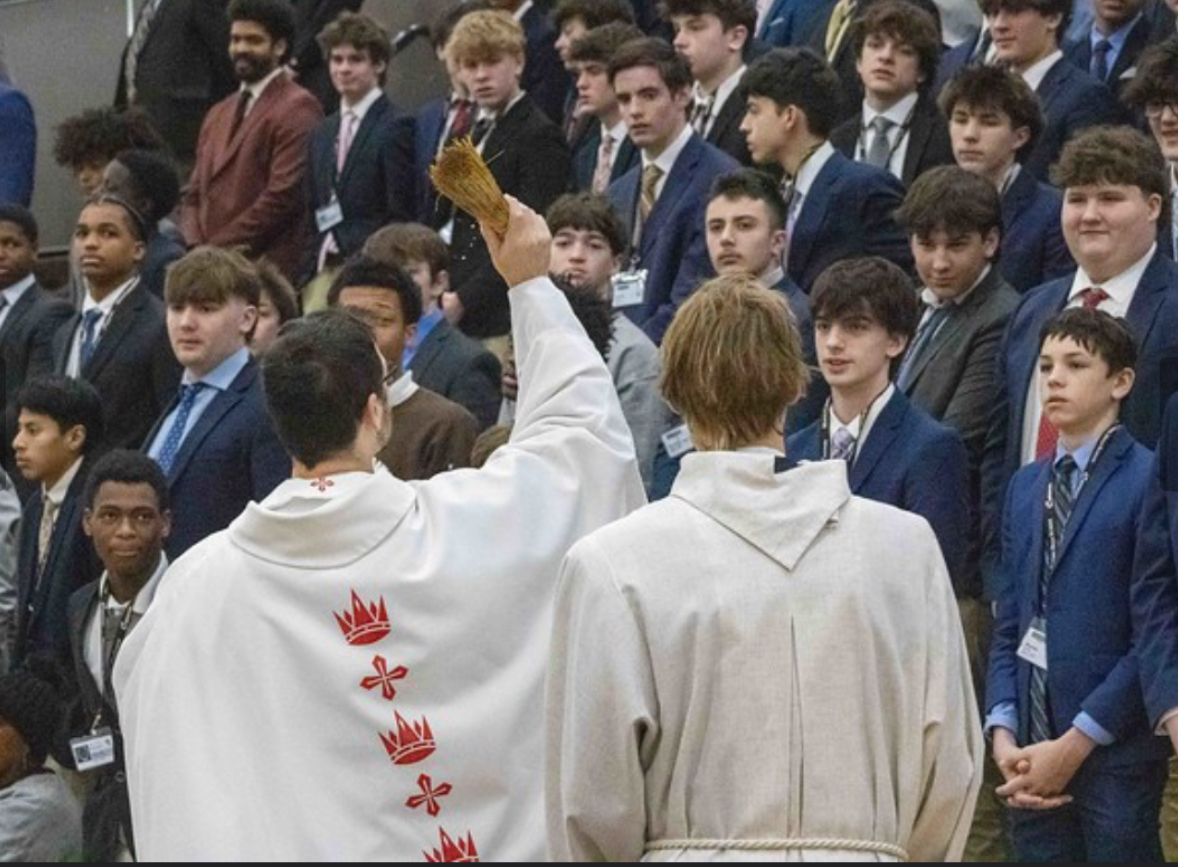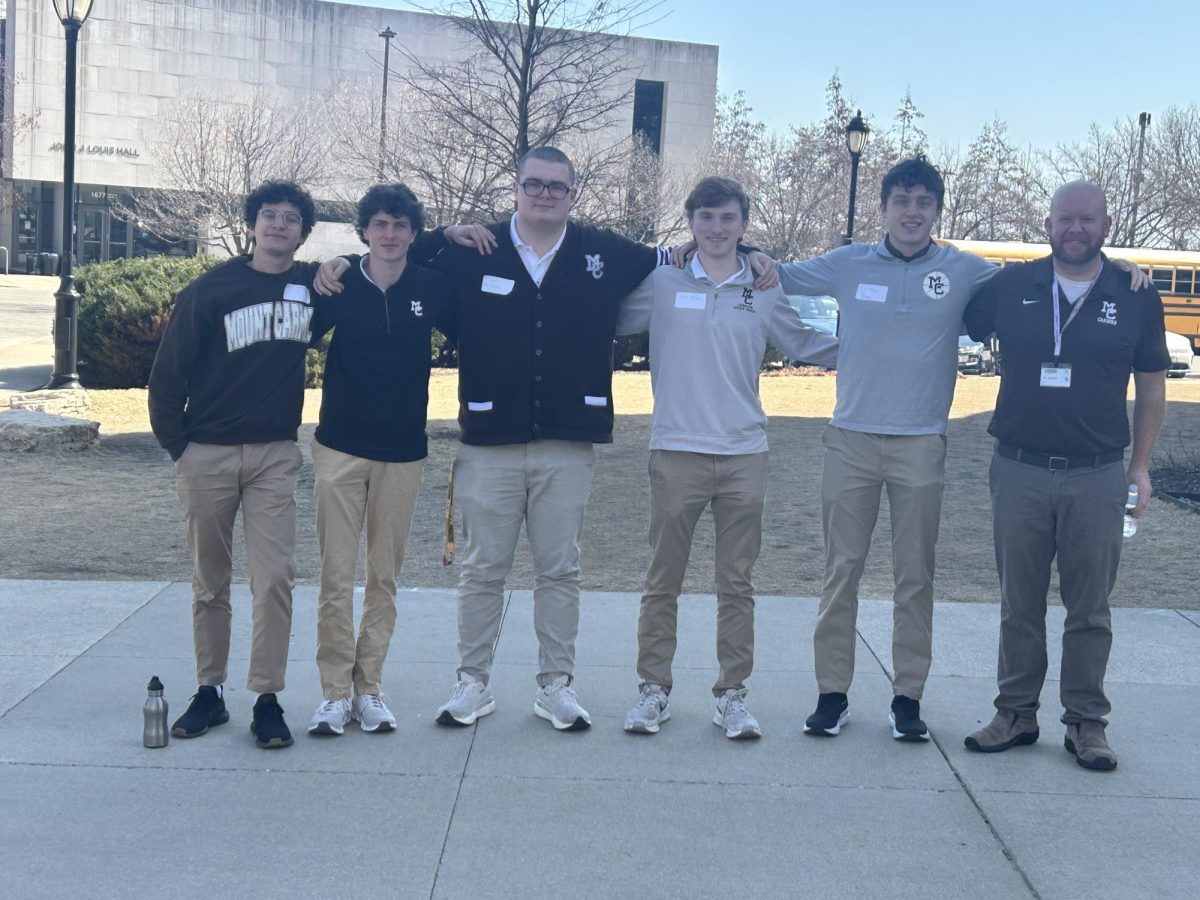Though very normal on the South Side of Chicago, all-boys schools are rare in most other areas in the USA.
Most Mount Carmel students have had the experience of telling someone who went to a more typical high school that they go to an all-boys school and then being met with funny looks and questions.
Those skeptics are missing out. All-male education builds comradery in a way that co-ed schools do not, which allows students to make lifelong friends, easily network with others after high school, and benefit from a distraction-free learning environment.
MC’s most repeated selling point is brotherhood, and every student has been told about how special that aspect is, but those that have been here since their freshman year will never really see how good they have it. An exception is senior Leonard Siegal, who hasn’t taken it for granted.
“Being in an all-boys community is something that’s super important to me,” he says. “I wouldn’t have stayed at Carmel if it wasn’t. I know all these guys super well, super personally. It’s almost like we’re all brothers. It’s really helped me want to grow, want to connect, want to meet people, want to be brothers with people.”
At co-ed schools, there isn’t really a brotherhood, even though friend groups and sports teams might seem to be the same as here. People wouldn’t tout the brotherhood built at MC if it wasn’t for the reward it reaps.
It’s not uncommon for those entering the workforce to use family connections to help land a job, and having all these brothers–both current classmates and older alumni–broadens the horizons and opportunities to benefit from “family connection” by an exponential amount. People are more likely to give job opportunities to those they are close to or familiar with.
“I’d be more than happy to help if someone reached out to me after high school,” Siegal said. “I know one of my buddies is planning on starting a sprinkler business with some other Carmel guys.”
Critics of the all-boys teaching philosophy cite its lack of coherence. In college and the real world, women obviously exist, and young men should learn how to interact with them, right? In reality, kids get plenty of opportunities to interact with women, and most MC students have plenty of interaction with girls outside of school. It’s just more helpful to have that distraction stay out of school. A big problem with how high schoolers act around girls is that they feel the need to act out around women and be more boastful.
Siegal contends that with that factor taken out of the equation, as kids don’t have to focus on being the bigger man, they can focus on being a better man.
“It provides a sense of comfort for a lot of kids,” he said. “They don’t have to worry about being different, being weird. They can be unique. They can perform athletically without feeling pressure to showboat, they can just go hang out with their buddies and have fun instead of focusing on impressing girls.”
High school should be a place where students focus on learning, finding new opportunities, and having fun.
Unfortunately, the co-ed environment places more focus on looking the part instead of playing it.
Senior Zach Tengelesen, who has experienced both co-ed and all-boys high schools, experienced this misplaced focus firsthand at Loyola Academy.
“A lot of people there really care about their appearance and how they come across,” he said. “But people at Carmel just kind of are who they are, and they don’t really care about what other people think of them.”
Kids need a place to explore their possibilities on their own. High school already has so much pressure, and the added pressure with women in the school makes that difficult.
People need their group. It’s just a whole lot easier to find it at MC.
Previously, I went to Kenwood Academy, my neighborhood high school. Though I was going to school with people I had known for years, I was joining a baseball team with people I’d been playing with since 6th grade, and I’d be with people who lived a lot closer than my current classmates, I still somehow felt lonely.
I had a lot of friends, played baseball with my “Day Ones,” and on the outside it looked like I was doing all the normal things that a teenager does.
I just never really found my group, and I knew that I would have no desire to have any contact with them after graduation.
Within two months of attending MC when I transferred in junior year, I had found them. To me, that’s the difference between co-ed and all-boys education.
It makes life easier in the years when it’s most needed.

